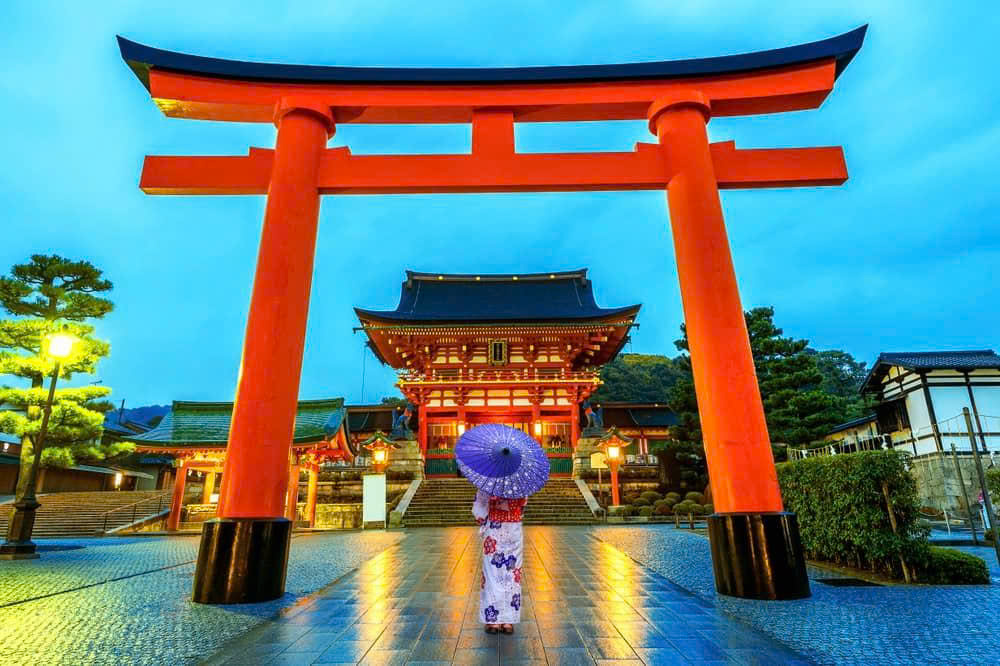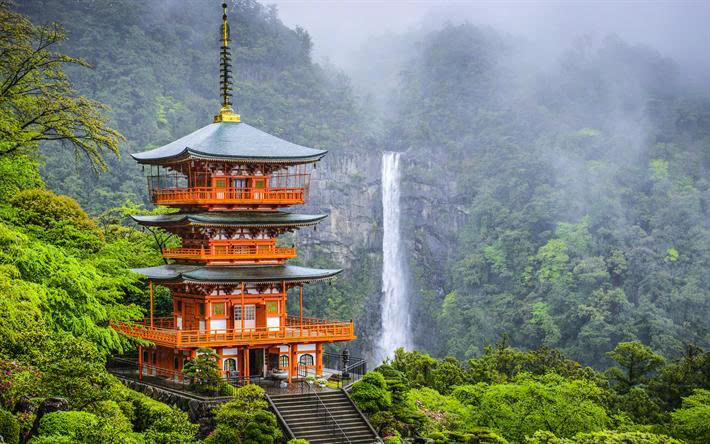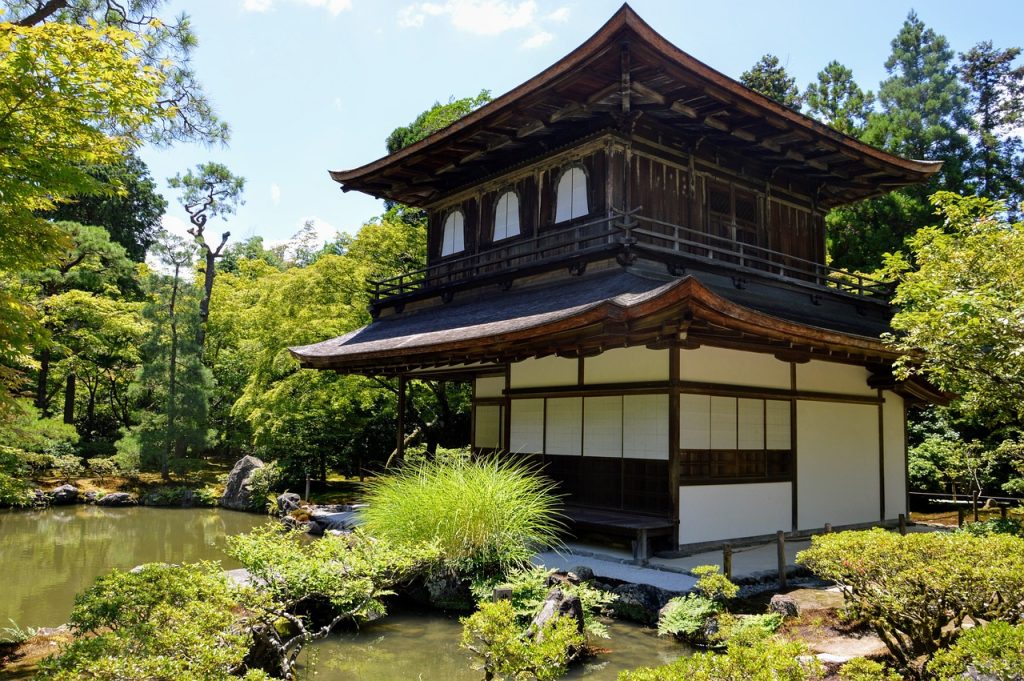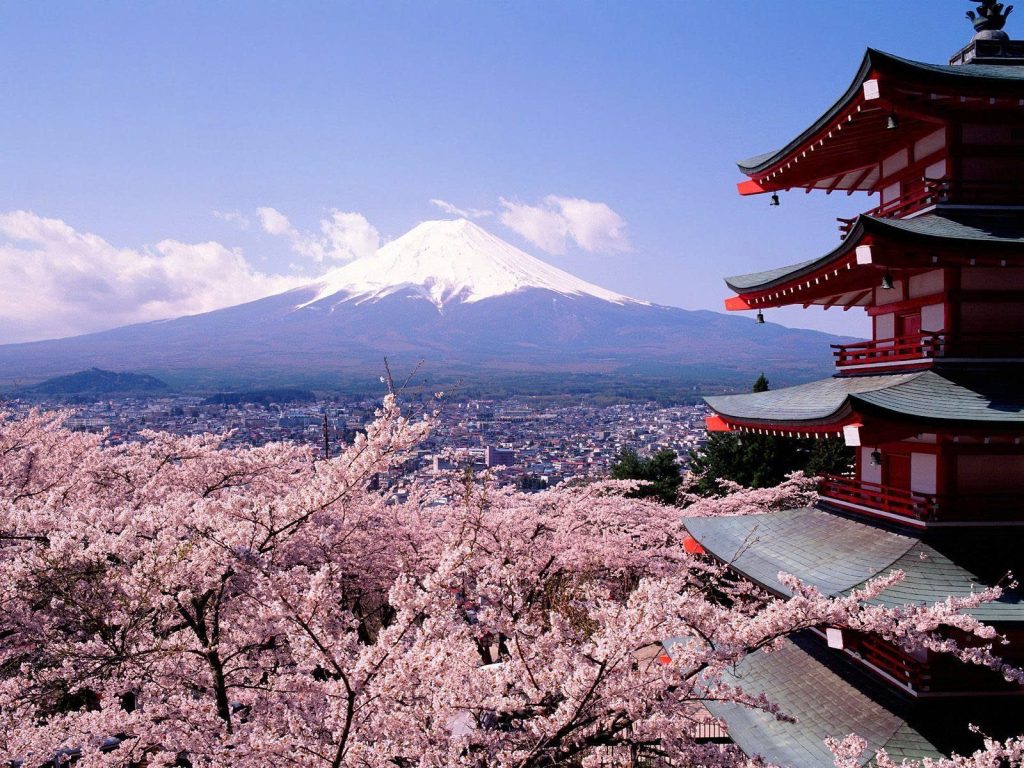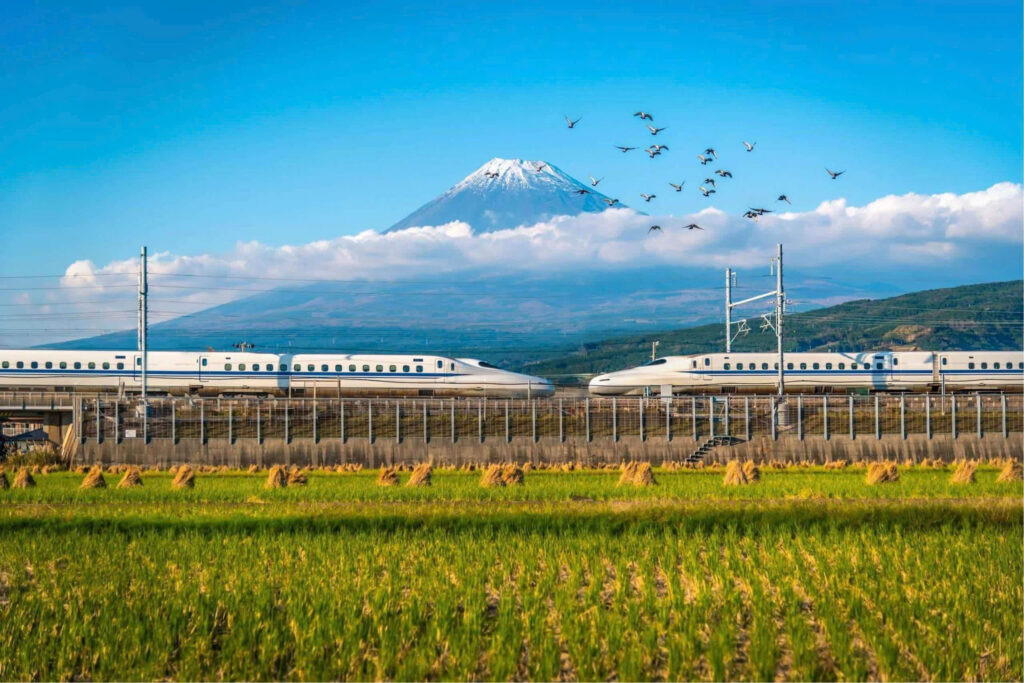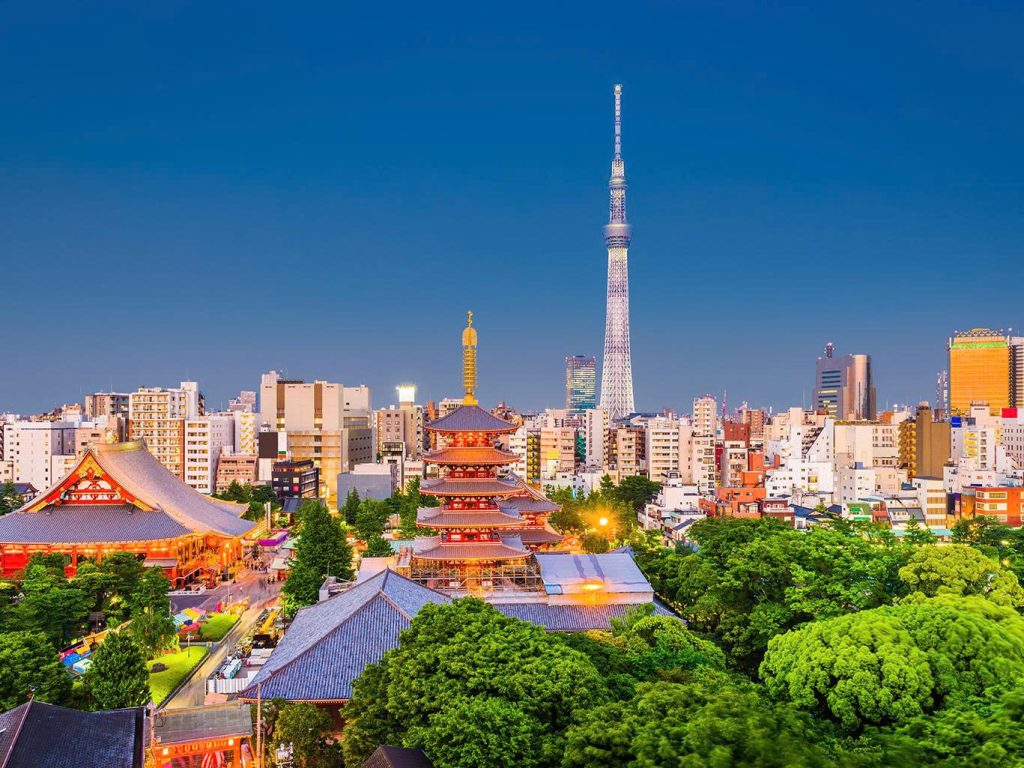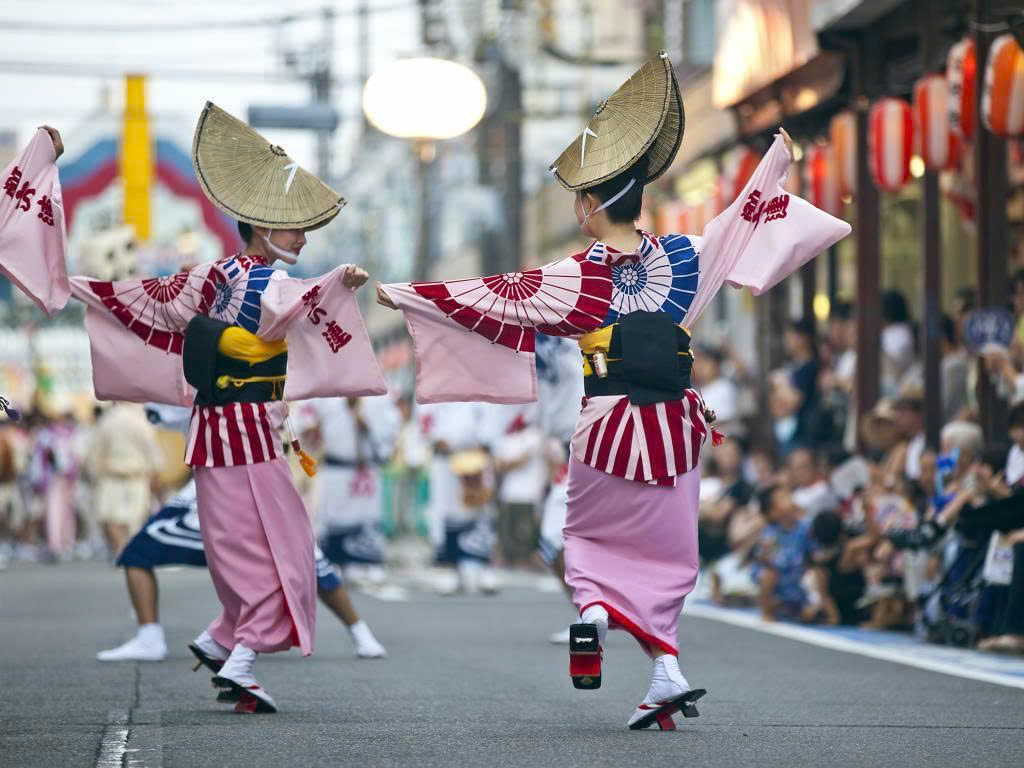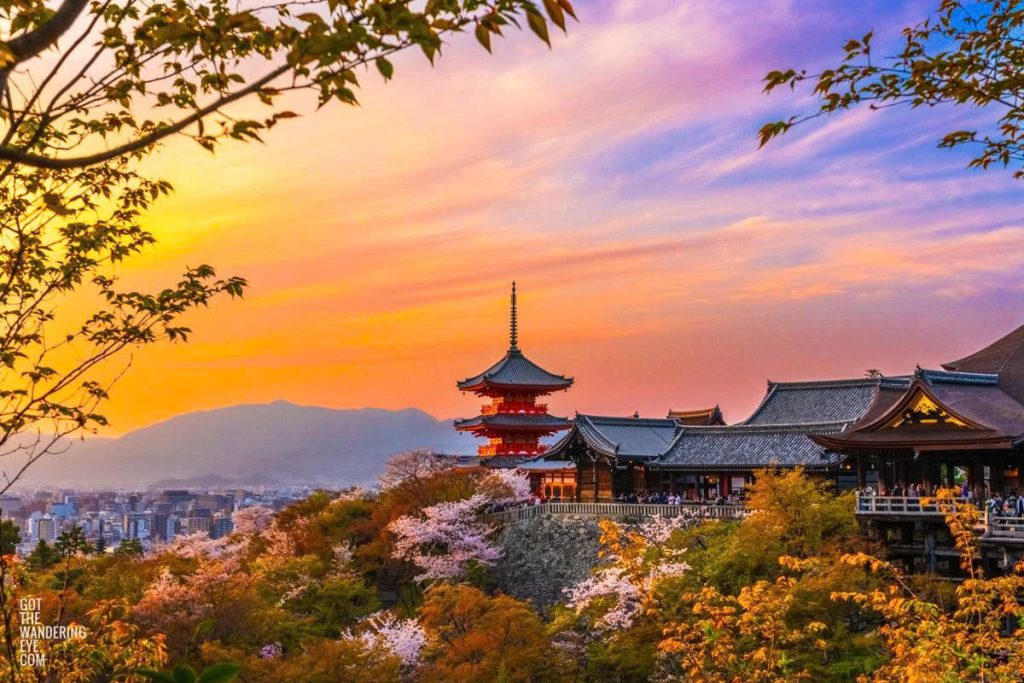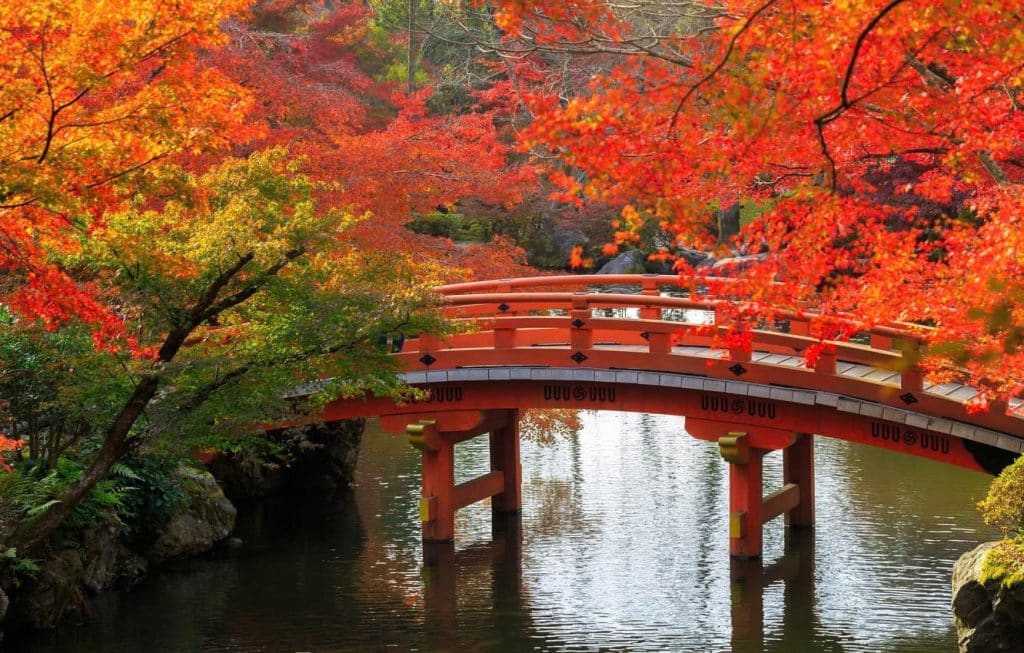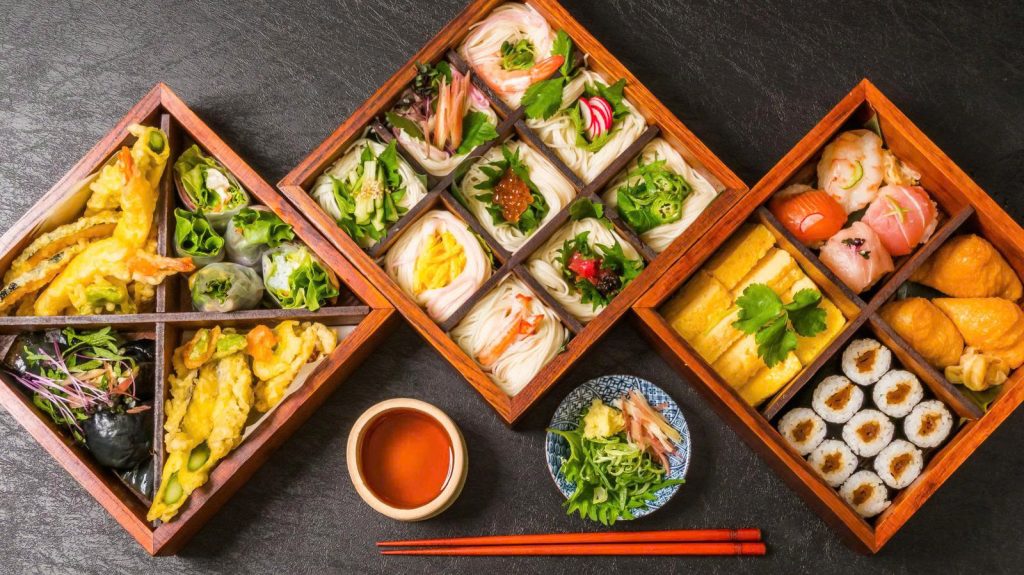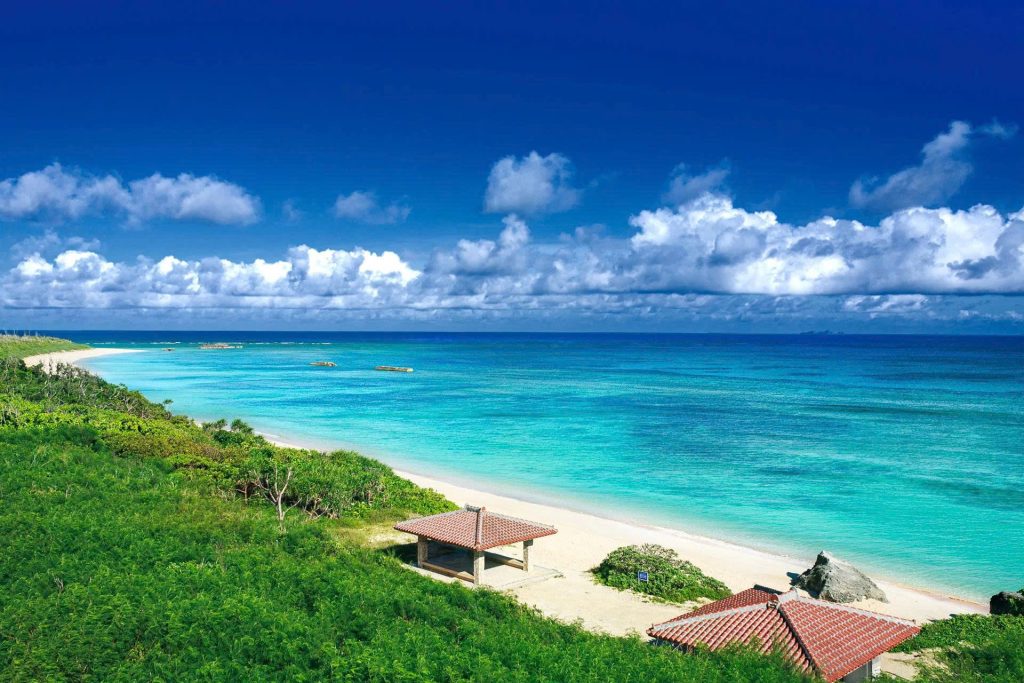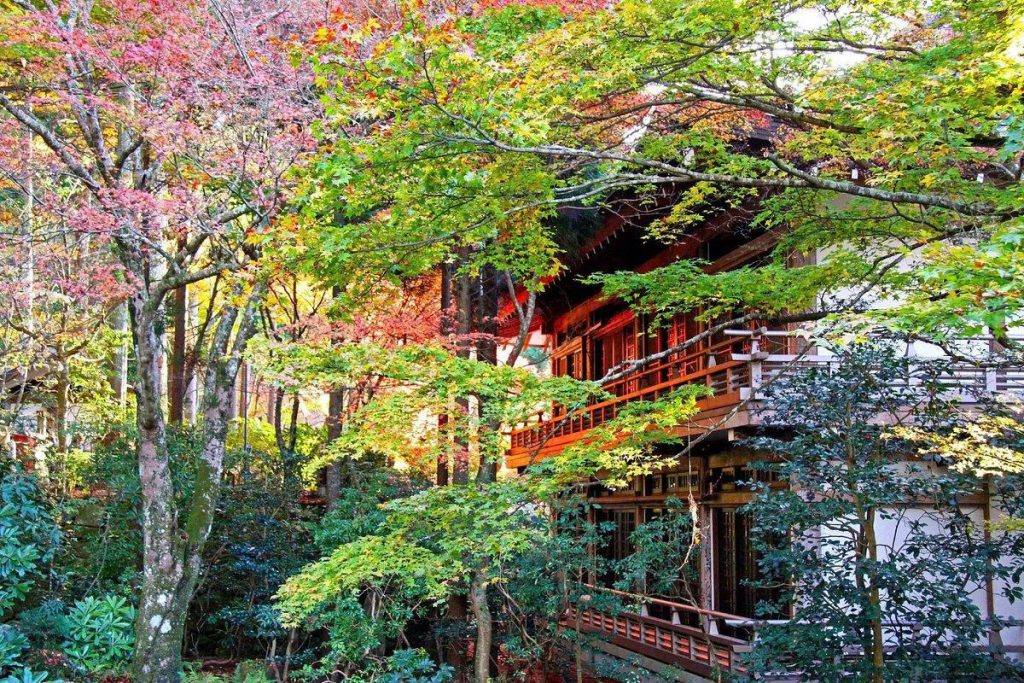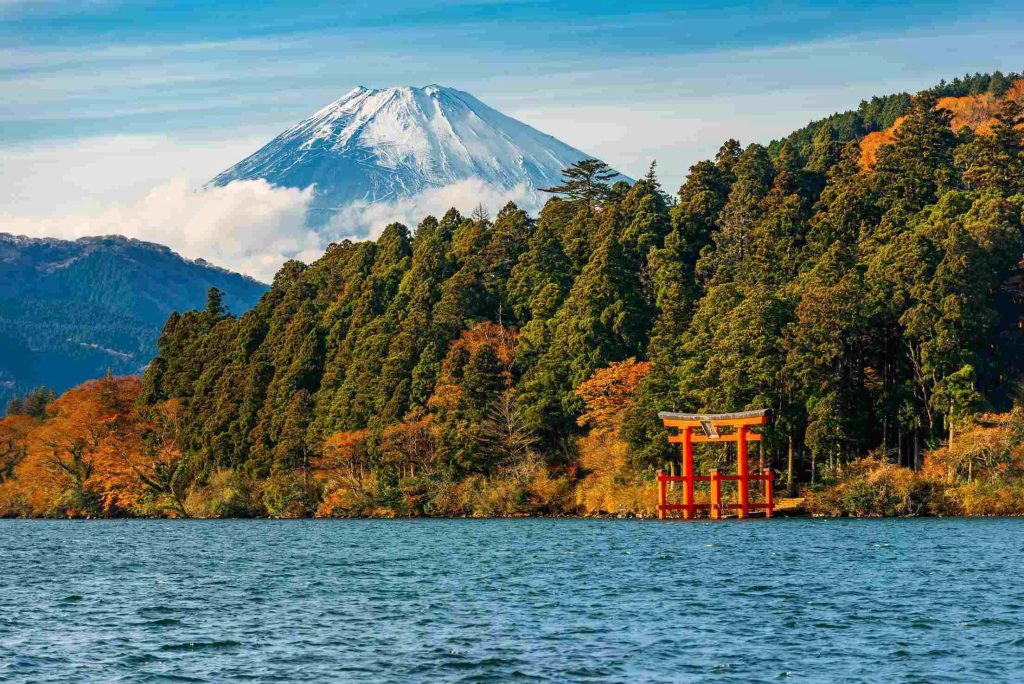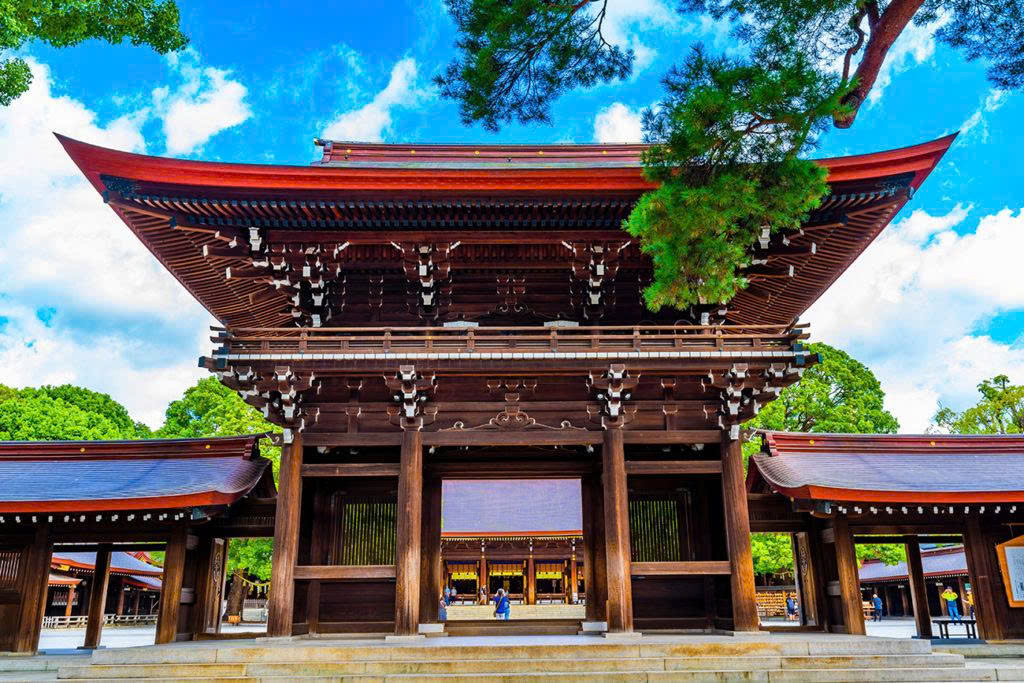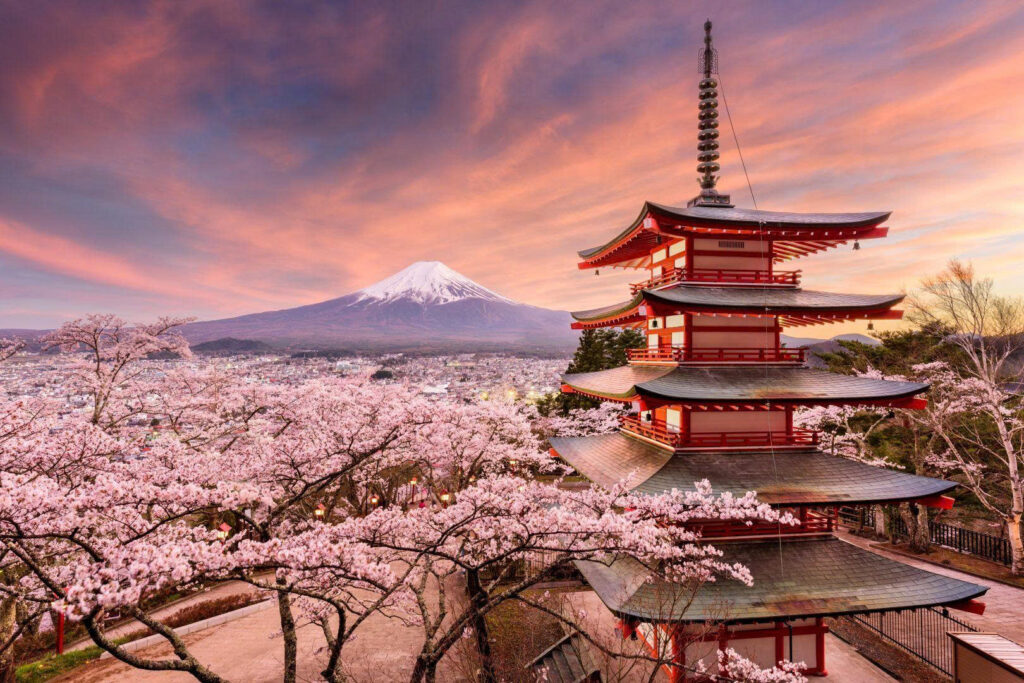Japan, a land where ancient traditions meet futuristic technology, is consistently ranked as a top global destination. By focusing on 2026, you are securing a competitive edge, allowing you to book strategically and budget flawlessly. This Japan Travel Guide serves as your comprehensive blueprint. We tackle the most critical, often-overlooked topics first: clarifying Visa requirements, providing a detailed breakdown of current Costs (including the new realities of the JR Pass), and delivering essential cultural Tips. Get ready to transform your futuristic travel dreams into a perfectly organized reality.
1. Visa & Entry Requirements 2026: Navigating Japanese Immigration
Understanding Japan’s entry requirements is the critical first step in your planning process. Japan maintains some of the strictest and most organized immigration procedures globally, emphasizing the need for precision in documentation, which is why forward planning for 2026 is so vital.
Visa Waiver Program Status
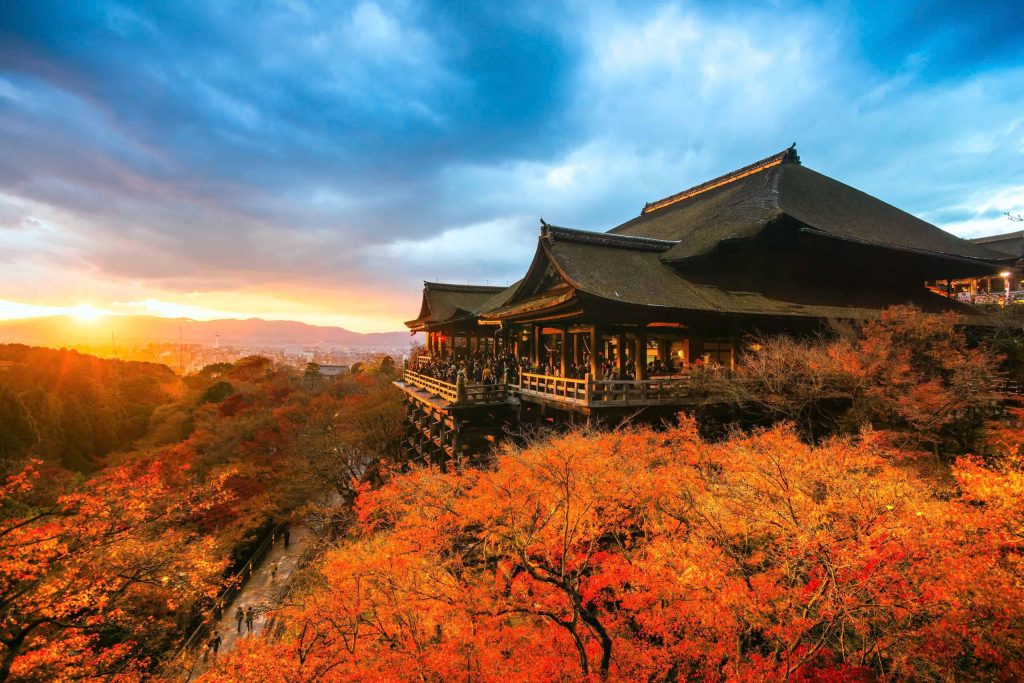
For many major countries, including the United States, Canada, most of the European Union, Australia, and New Zealand, Japan currently maintains a visa waiver program for stays up to 90 days (180 days for some nations, subject to specific conditions). This program facilitates easy tourism for millions annually.
- Stability and Confidence: Based on current diplomatic relations and post-pandemic efforts to boost tourism, this waiver program is highly likely to remain in effect through 2026. However, Authoritative travel planning requires due diligence. Always verify the status for your specific nationality with the official Ministry of Foreign Affairs of Japan (MOFA) website within six months of your planned departure, as geopolitical statuses can occasionally change.
The Shift to eVisa and Digital Entry
Japan has significantly moved towards digitizing its entry process to improve efficiency and reduce congestion at ports of entry. This digital shift affects nearly every traveler, regardless of visa waiver status.
Japan eVisa System
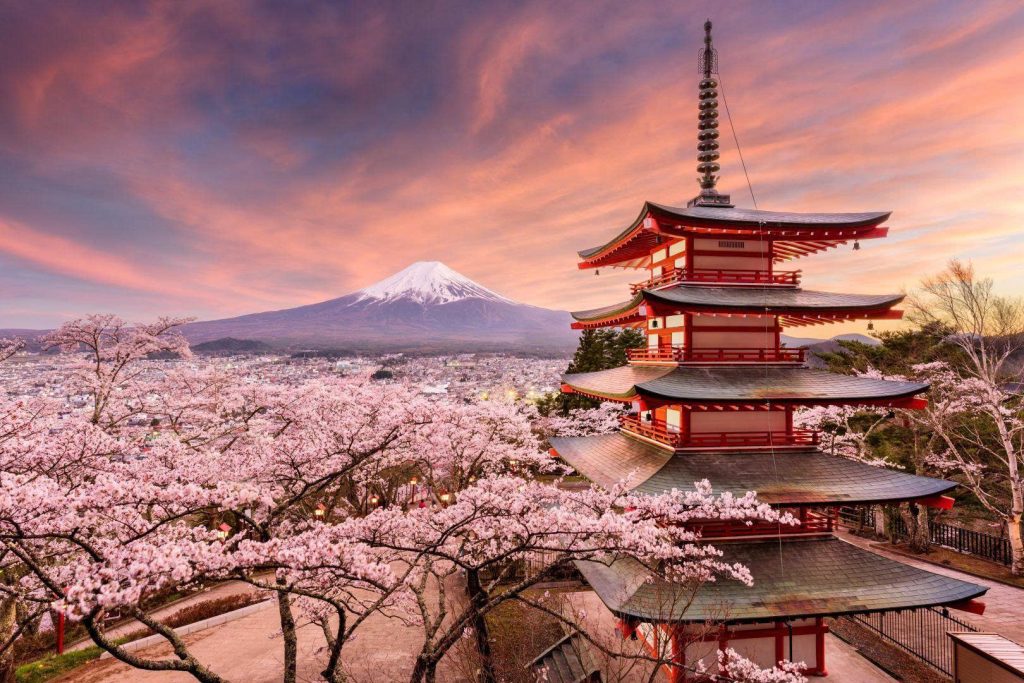
If a visa is required (for nationalities not covered by the waiver or for specific longer stays like Working Holiday Visas), the application is processed entirely online. This streamlined process eliminates long waits at consulates.
- Crucial Step: Once approved, you must present the digital visa notification (often a QR code or specific printed document) upon check-in for your flight, as well as upon arrival at Japanese immigration. This is your proof of pre-screening.
Visit Japan Web (Digital Immigration)
This is a mandatory tool for modern travel and a non-negotiable step for efficiency. Before departure, you should register on the Visit Japan Web site to complete your Quarantine, Immigration, and Customs declarations digitally.
- Benefit: Completing this paperwork generates specific QR codes that you simply scan upon arrival. This dramatically expedites your clearance at major international airports like Narita (NRT), Haneda (HND), and Kansai (KIX). Using this system is an essential tip for efficient entry and shows a high degree of preparation.
Required Documentation Checklist
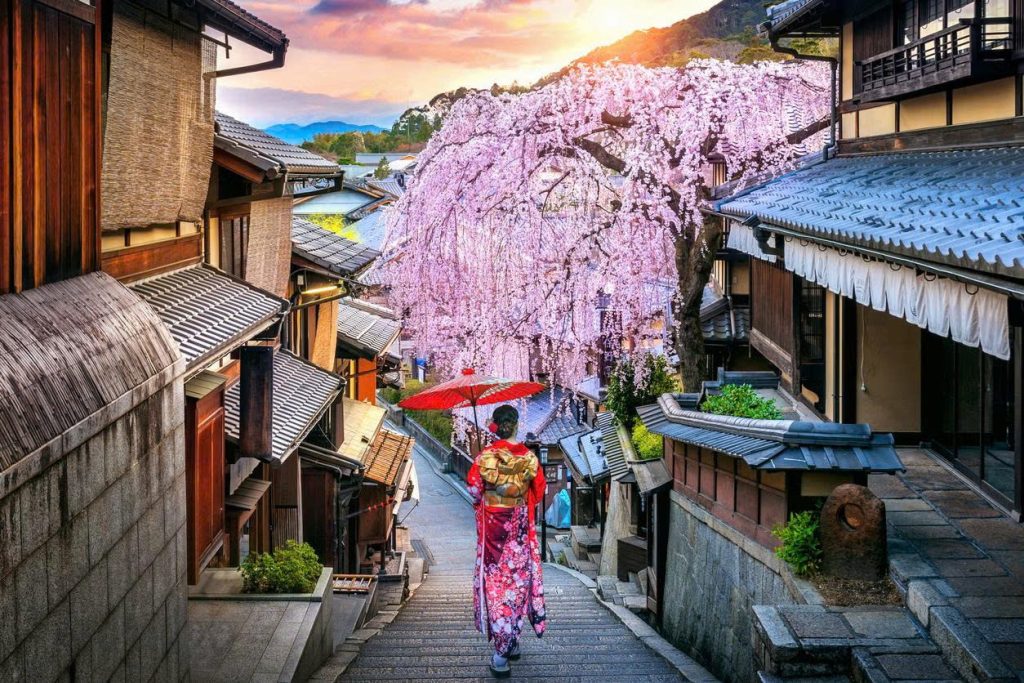
Regardless of your visa status, ensure you have the following universally required documents ready for arrival in 2026:
- Valid Passport: Must be valid for the entire duration of your stay.
- Confirmed Return/Onward Ticket: Japanese Immigration requires proof that you intend to leave the country. A flight confirmation or detailed itinerary is sufficient.
- Proof of Sufficient Funds: While rarely asked for by immigration officers, be prepared to show evidence (e.g., bank statement printout or credit card) that you can financially support your trip without resorting to unauthorized work.
- Digital QR Codes: Generated via the Visit Japan Web platform for efficient Customs and Immigration clearance.
2. Mastering the Costs: A Detailed 2026 Budget Breakdown
The persistent perception of Japan being prohibitively expensive is largely outdated. While certain luxury experiences remain costly, strategic planning allows for a comfortable mid-range budget, making a 2026 trip highly achievable.
The Big Four Costs (Investigational Budgeting)
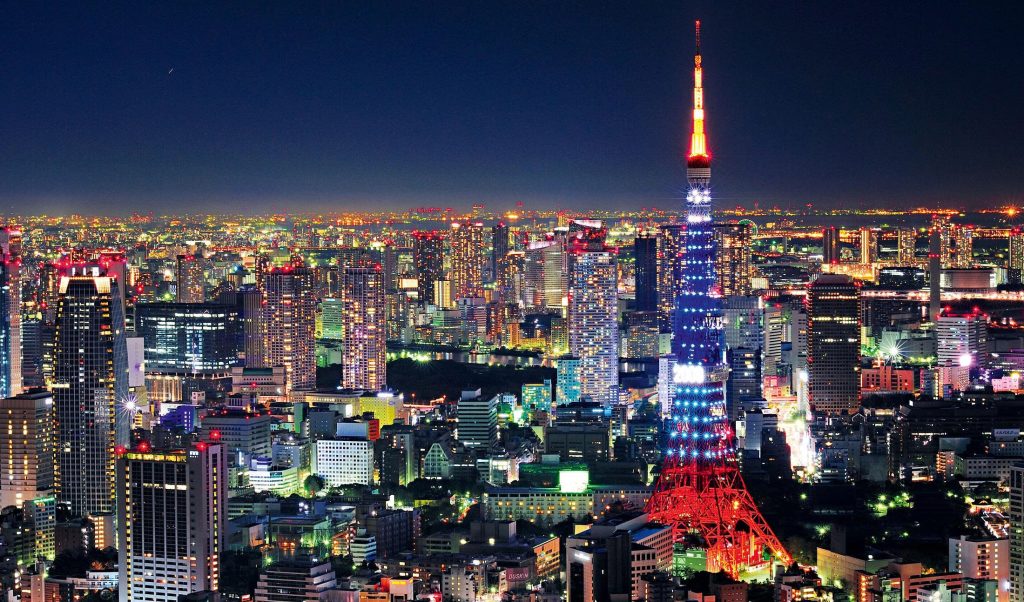
Understanding your daily expenditure is the foundation of your budget. Costs are heavily influenced by the Yen exchange rate, which travelers must monitor.
| Cost Item | Budget Level (USD per day, per person) | Trend & 2026 Outlook |
| 1. Accommodation | Low: $40-$60 (Capsule/Hostel); Mid: $90-$150 (3-Star Business Hotel) | Stable/Slight Increase: High demand in major cities, especially during peak seasons, keeps prices firm. Booking your major Entities (hotels/Ryokans) 6-9 months early is essential for savings. |
| 2. Transportation (Local) | $15-$30 (Excluding Shinkansen) | Stable: Rely on efficient and integrated transport systems. The cost is manageable using prepaid IC cards (Suica/Pasmo). |
| 3. Food & Drink | $40-$70 (Budget-Mid Range) | Value-Focused: Excellent budget options (Konbini meals, ramen shops, gyudon) offer incredible value, easily offsetting higher costs at upscale Izakayas or specialized restaurants. |
| 4. Sightseeing/Entrance | $15-$25 | Stable: Most major temples and shrines (except Kyoto’s famous sites) have modest entrance fees. Focus your budget on specialty museums or experiences. |
The JR Pass Dilemma: Is it Worth the Cost in 2026?
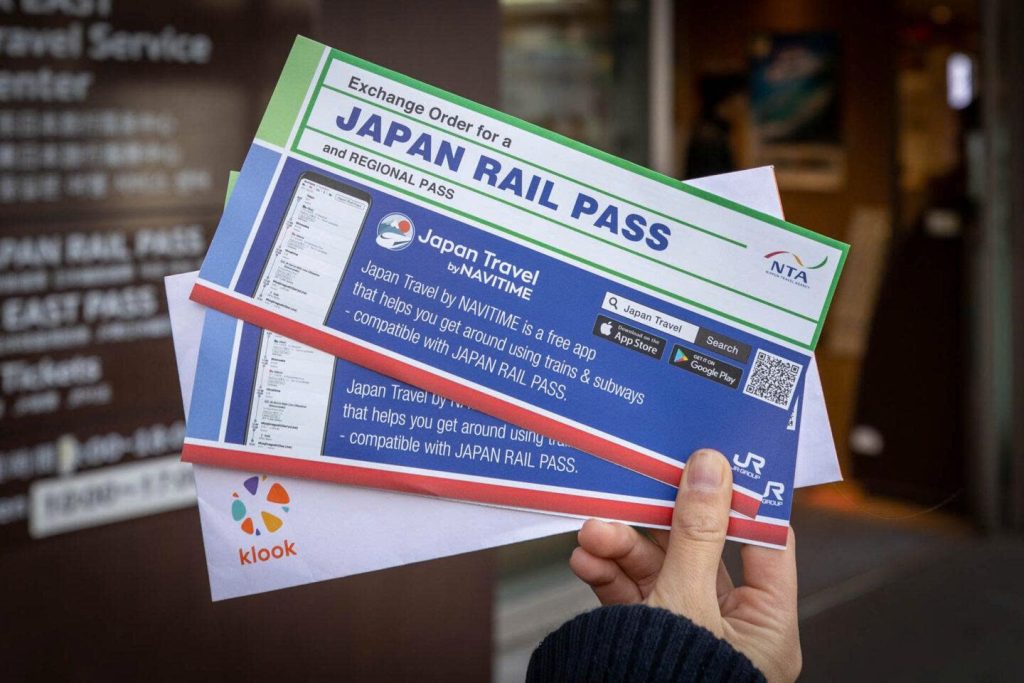
The Japan Rail Pass (JR Pass), a popular Entity for tourists, underwent a significant and lasting price increase in late 2023. This change means travelers must now meticulously calculate if the pass provides savings for their specific itinerary, shifting it from an automatic buy to a calculated decision.
New Calculus for the JR Pass:
- Worth It If: Your travel involves frequent, long-distance, high-speed trips within the validity period. A trip covering Tokyo → Kyoto → Osaka → Tokyo within 7 days justifies the cost.
- Not Worth It If: Your trip is Tokyo-only, or you only take one long-distance round-trip (e.g., Tokyo to Kyoto). In this case, buying individual Shinkansen tickets or using regional passes (like the JR East Pass) is often better value.
- Recommendation: Before purchasing, use an online JR Pass calculator. Inputting all your planned long-distance routes is the only reliable way to confirm value. If your individually priced tickets exceed the cost of the pass by more than 10-15%, buy the pass.
Money Matters: Cash, Cards, and the Yen
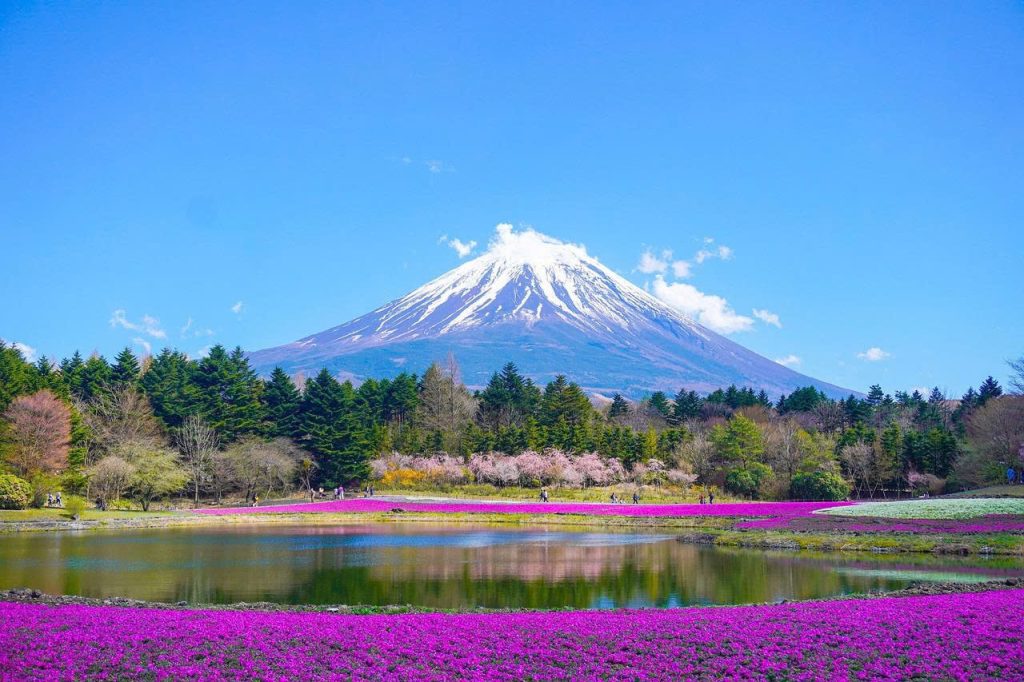
Despite its technological image, Japan remains a society heavily reliant on cash (Yen), particularly outside of major metropolitan areas, large chain stores, and high-end hotels.
- Cash is King: Always carry enough cash for temple/shrine entrance fees, local buses, smaller Izakayas, and traditional souvenir shops.
- IC Cards for Local Transport: Use a rechargeable IC card (Suica, Pasmo, Icoca). These are essential Entities for convenience on subways, trains, and vending machines.
- Credit Card Usage: Widely accepted in major hotels, department stores, and large chain retailers. For safety, always inform your bank of your travel dates.
- Currency Exchange: ATMs at 7-Eleven convenience stores and Japan Post offices are the most reliable and convenient way to withdraw cash using foreign debit/credit cards.
RELATED: Traveling in Japan: Costs, Itineraries, and Essential Tips
3. Essential Travel Tips: Culture, Etiquette, and Connectivity
To transition from a foreign visitor to a respected guest, understanding Japanese culture and basic etiquette is paramount. These tips are based on real-world Experience and local knowledge, ensuring you navigate Japan smoothly.
The Fundamentals of Japanese Etiquette
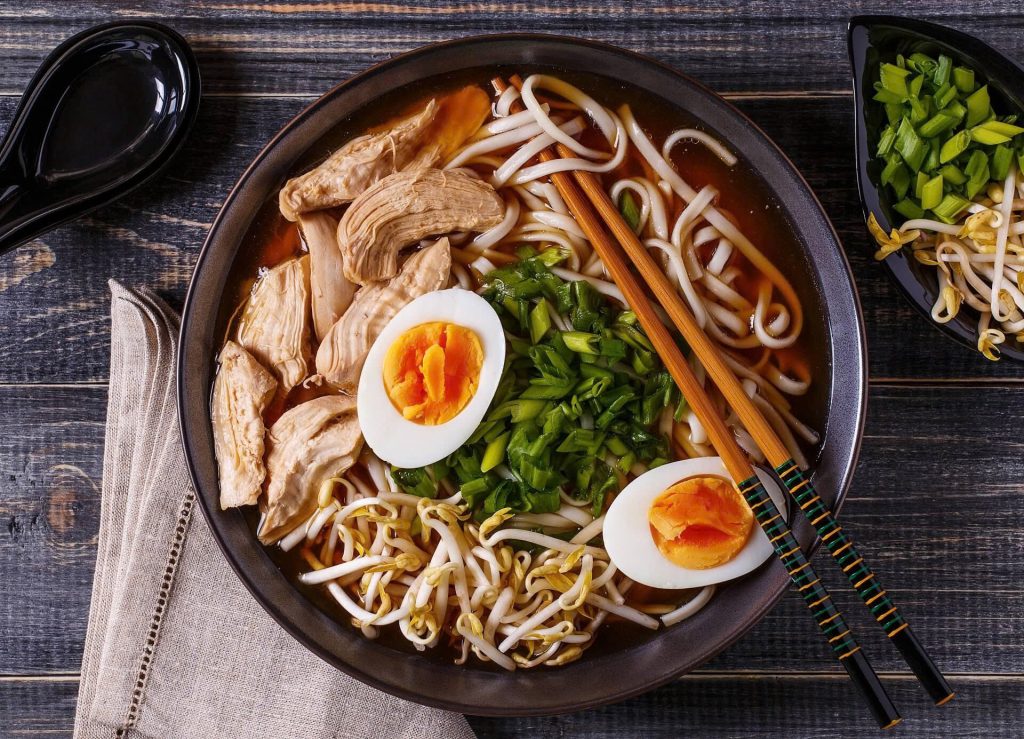
- No Tipping: This is crucial. Tipping is not customary in Japan and can be considered confusing or even rude. Service is already included in the price and done with pride.
- Bowing: A simple nod of the head (ojigi) is usually sufficient for travelers. Avoid deep, complex bowing unless you are in a formal business setting. Observe locals for cues.
- Shoes Off Rule: Always remove your shoes when entering a private home, a traditional Ryokan, some temples, or even certain fitting rooms. Look for the genkan (entryway) where shoes are stored and change into provided slippers.
- Chopsticks Taboos: Never stick chopsticks upright in a bowl of rice (this is a ritual resembling funeral rites), and never pass food from your chopsticks to another person’s chopsticks (another funeral custom).
- Public Noise: Avoid talking loudly on phones or in groups on public transport, especially the Shinkansen. Public spaces are generally quiet and prioritize collective respect.
RELATED: Japan Culture Guide: Etiquette, History, and Essential Travel Tips
Mastering Japanese Transportation
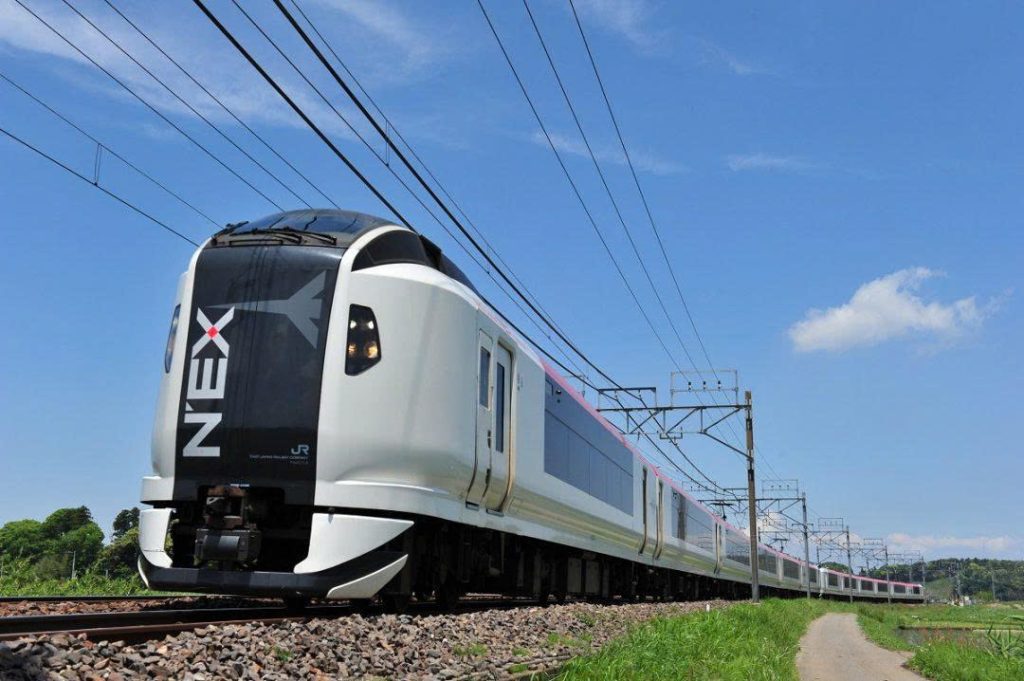
Japan’s rail network is legendary for its punctuality and complexity.
- IC Cards (Suica/Pasmo): Purchase one immediately upon arrival. These reloadable cards work on nearly all local trains, subways, and many buses, saving time and hassle with individual tickets.
- Shinkansen (Bullet Train): For long-distance travel, book reserved seats, especially during peak travel seasons (like Sakura or New Year). Non-reserved cars can fill up quickly and are standing-room only.
- Subway Etiquette: Always stand on the designated side of the escalator (usually left in Tokyo, right in Osaka), and always wait for passengers to exit the train completely before boarding.
RELATED: How to Travel Japan by Train: Your Travel Guide
Staying Connected: Wi-Fi and Phones
- Pocket WiFi: Best for groups or heavy data users. Provides a reliable, portable connection and often supports multiple devices.
- eSIM: The most convenient and cost-effective option for solo travelers or pairs using modern smartphones. Purchase online before arrival and activate instantly upon landing.
- Free Wi-Fi: Limited and unreliable. Mostly found in major train stations (JR) and select chain cafes. Do not rely on it for vital navigation or communication.
4. Planning Your Itinerary: Route Suggestions and Seasonal Highlights
The Classic Golden Route (10-14 Days)
This route is recommended for first-time visitors, covering the essential historical and modern aspects of Japan with minimal backtracking.
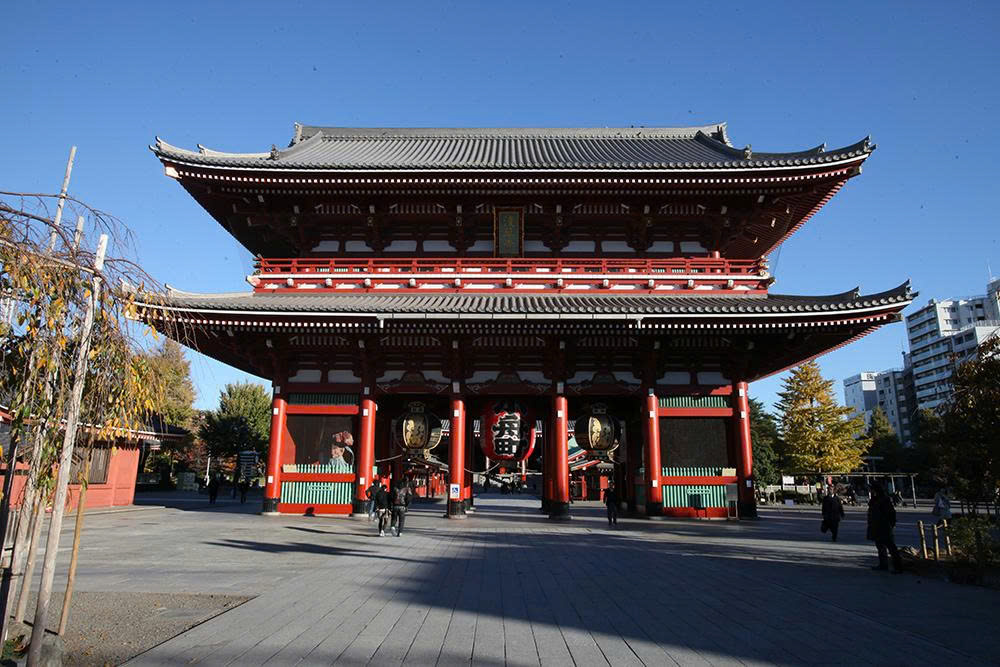
- Tokyo (4-5 Days): Focus on distinct districts: Shibuya (modern chaos/crossing), Shinjuku (skyscrapers/nightlife), Asakusa (historic Senso-ji temple), and Akihabara (electronics/anime culture).
- Kyoto (4-5 Days): The cultural heart. Visit Fushimi Inari Shrine, Arashiyama Bamboo Grove, Kinkaku-ji (Golden Pavilion), and the historic Gion district.
- Osaka (2-3 Days): The culinary center. Focus on the Dotonbori food street, Osaka Castle, and perhaps a side trip to Nara (for the peaceful deer park).
- Hiroshima (1-2 Days): Essential historical visit. See the Peace Memorial Park and take a ferry to Miyajima Island to see the floating Itsukushima Shrine (Otorii Gate).
RELATED: 15 Must-Do Things in Tokyo: Plan Your Unforgettable Trip
Seasonal Planning
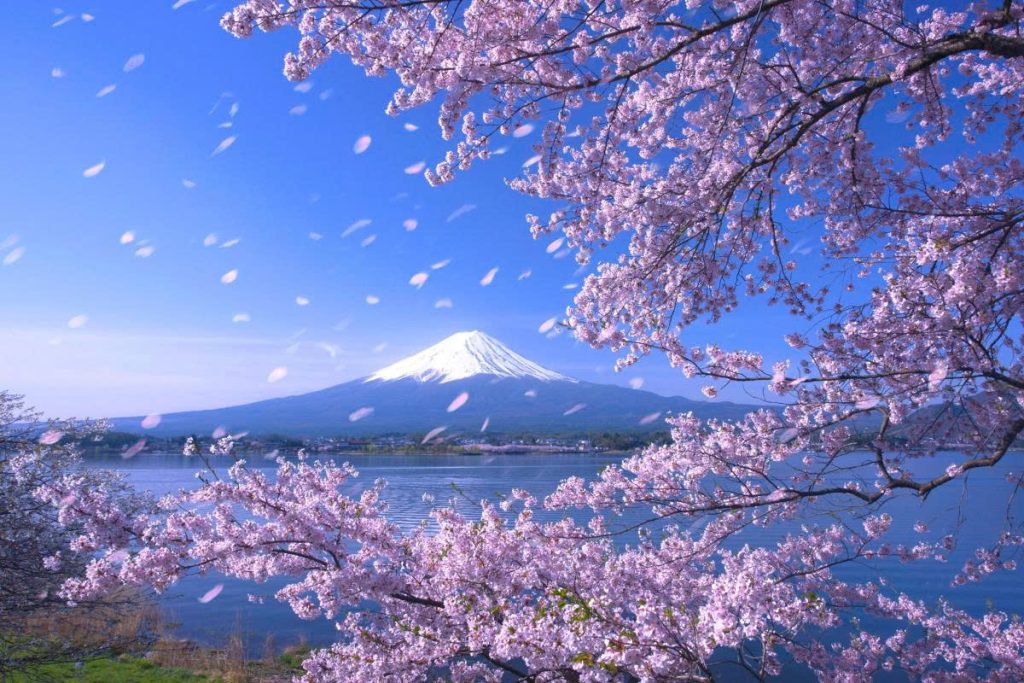
Timing your trip around Japan’s distinct seasons offers different, high-value experiences that must be factored into the 2026 plan.
- Spring (March/April): Sakura (Cherry Blossom) season. Crowds and prices peak, but the beauty is unmatched. Tip: Book accommodation 6-9 months in advance for this period.
- Autumn (October/November): Koyo (Autumn Leaves) season. Beautiful foliage and pleasant weather. Ideal for hiking and temples. Book early.
- Summer (June–August): Hot and humid, especially in July/August. Excellent for local festivals (Matsuri) and exploring northern areas (Hokkaido).
- Winter (Dec–Feb): Cold, but great for budget travelers. Best for seeing snow-covered temples in Kyoto or visiting the ski resorts in Hokkaido or Hakuba.
RELATED: Best Places to Visit in Japan for an Unforgettable Trip
5. In-Depth City Guides: Highlights and Tips
Tokyo: The Metropolis of Districts
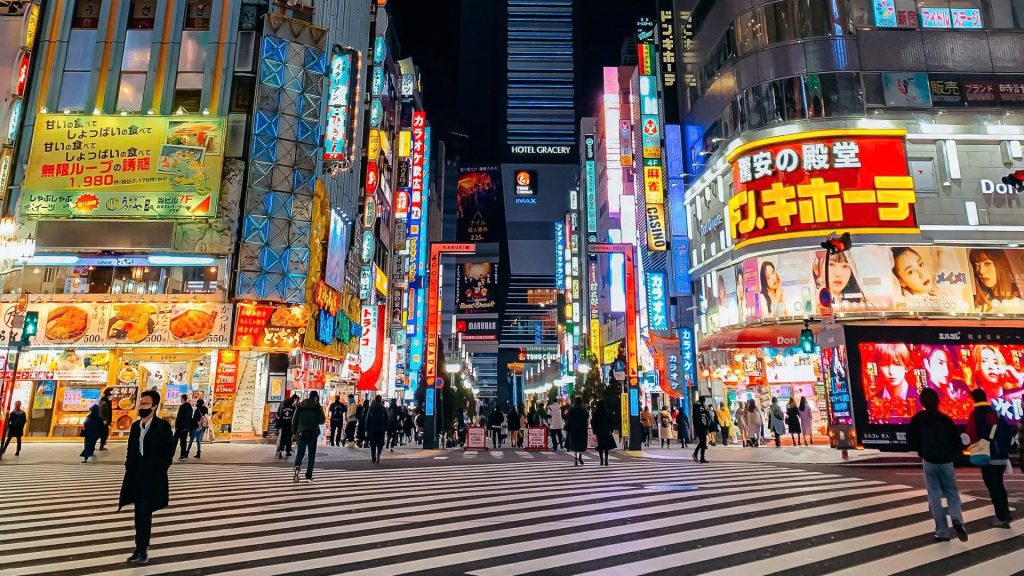
Tokyo is a cluster of cities in one. Do not attempt to “see it all,” but rather focus on distinct districts.
- Shinjuku: The best district for first-time visitors. Stay near Shinjuku Station for unrivaled transport connections. Explore the tiny, atmospheric bars of Golden Gai at night.
- Asakusa: Home to the magnificent Senso-ji Temple and the traditional market street Nakamise-dori. Offers a calming glimpse of Old Edo.
- The Best View (Budget Tip): Skip the costly Tokyo Tower and visit the Tokyo Metropolitan Government Building in Shinjuku—the observation deck is completely free.
Kyoto: The Cultural Heart
Kyoto requires a slower pace to fully appreciate its 17 UNESCO World Heritage sites.
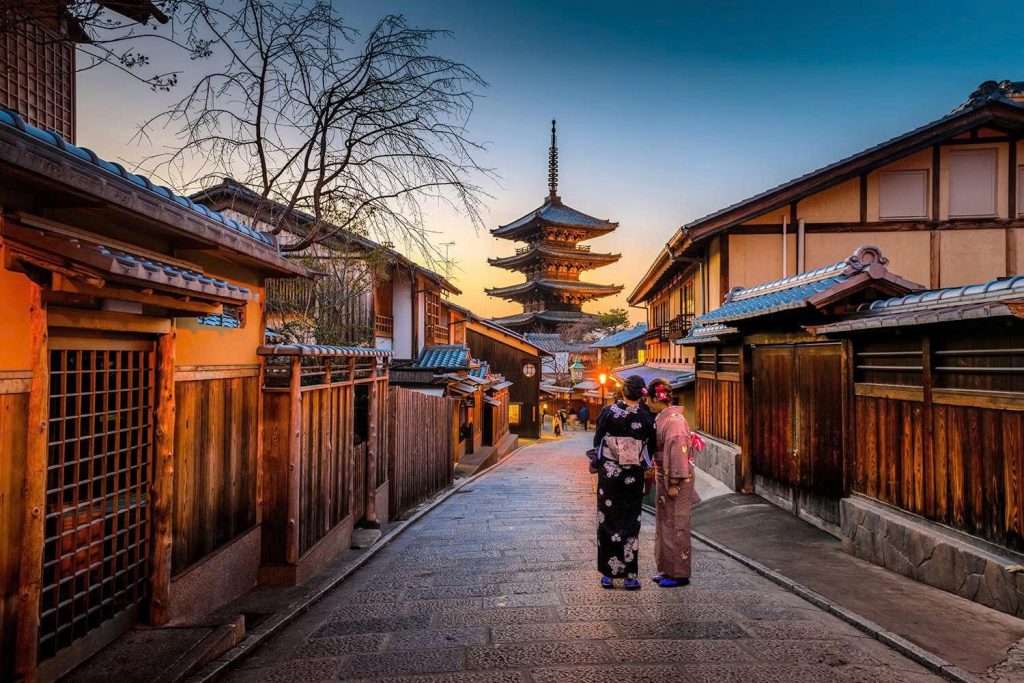
- Gion District: Visit in the late afternoon to increase your chances of spotting a real Geisha or Maiko (apprentice) heading to their appointments. Tip: Be respectful; photography must be done from a distance and never chase them.
- Fushimi Inari Shrine: This iconic shrine with thousands of red torii gates is best experienced by starting the hike to the mountaintop early (before 8:00 AM) to avoid the massive daytime crowds.
Osaka: The Nation’s Kitchen
Osaka is famous for its vibrant street food culture (Kuidaore—”eat until you drop”).
- Dotonbori: The quintessential food district. Try local specialties like Takoyaki (octopus balls), Okonomiyaki (savory pancake), and Kushikatsu (deep-fried skewers).
- Osaka Castle: A magnificent reconstruction providing a deep dive into Japan’s feudal history.
6. Health, Safety, and Trustworthiness
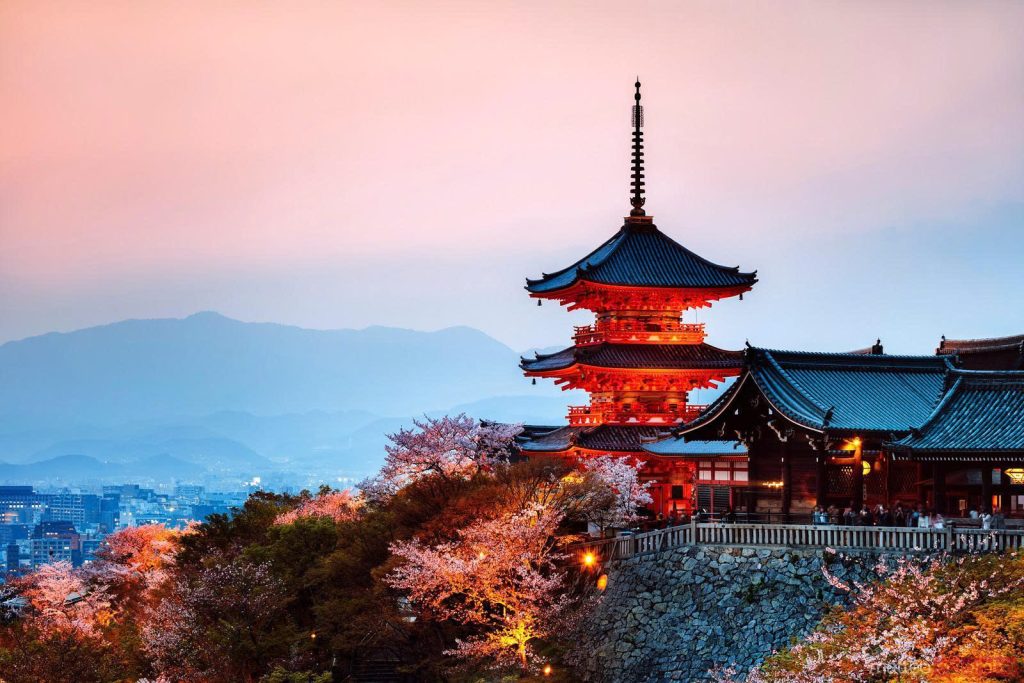
Japan is consistently rated as one of the safest countries in the world. However, preparedness regarding health and minor risks is key to a smooth trip.
Emergency and Health Information
- General Safety: Crime rates are extremely low. However, be cautious in busy nightlife districts like Shinjuku (Golden Gai area) and Roppongi regarding touts and inflated drink prices. Stick to known establishments.
- Medical Care: Standards are extremely high, but costs can be significant. Travel insurance is mandatory for any international trip, especially to Japan, to cover unexpected medical expenses.
- Language Barrier: While English is often limited, railway signs and major tourist sites are clearly marked in English. Carry a pocket translator app (like Google Translate) for interactions outside major cities.
Sustainability and Responsible Tourism
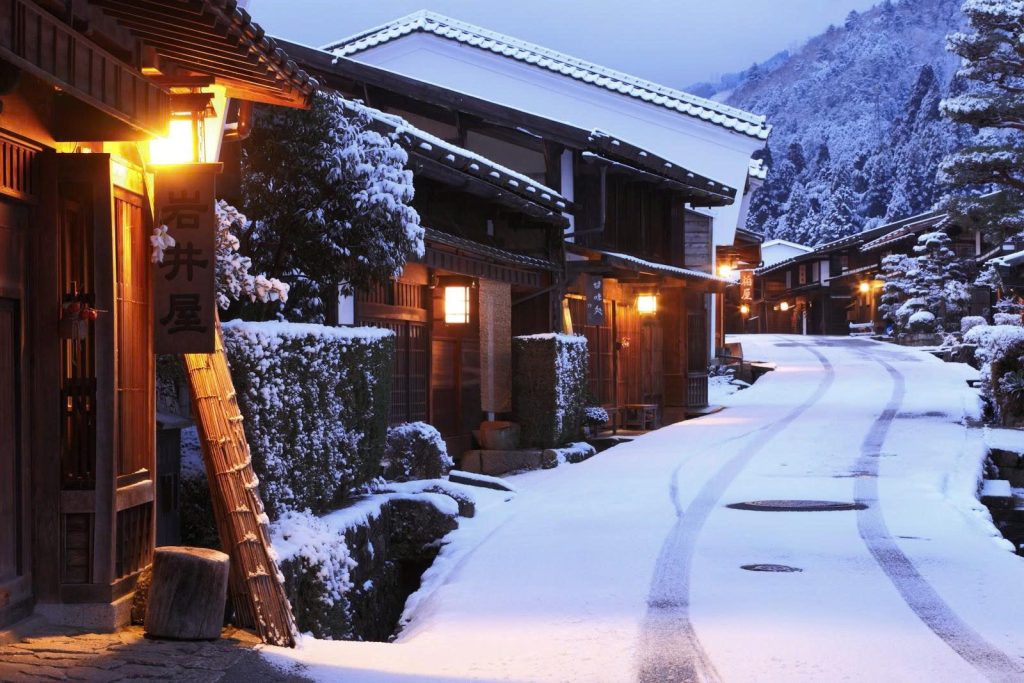
- Littering: Japan is exceptionally clean, but public garbage bins are rare. Tip: Carry a small plastic bag for your trash until you find a designated bin (often at Konbini or train stations).
- Cultural Respect: Always ask permission before taking photos of people, especially in temples or traditional districts like Gion. Respect private property and religious sites.
- Tattoos: Historically associated with Yakuza, visible tattoos may still be restricted at certain traditional establishments, particularly public Onsen (hot springs) and some pools. Carry covers or look for tattoo-friendly Onsen.
RELATED: Best Places to Visit in Japan for an Unforgettable Trip
The meticulous effort you’ve put into researching Visa protocols and Costs strategies demonstrates your readiness for Japan. This preparation is your greatest asset. The journey will reward your diligence with punctual trains, impeccable service, and a culture that is both stunningly modern and deeply historic. With the essential Tips locked in, all that remains is to secure your bookings. Embrace the planning process, knowing that every detail you’ve mastered today will lead to a more enriching and unforgettable experience when you finally step onto the bustling streets of Tokyo in 2026.
- Hanoi vs. Saigon: The Ultimate Cultural Deep Dive
- Japan Travel Guide: Visa, Costs, and Essential Tips 2026
- Top Beaches in Phu Quoc for Snorkeling: Your Ultimate Guide
- Ultimate Taj Mahal Guide: History, Tickets, and Sunrise Secrets
- Family-Friendly Museums in New York City: Fun & Learning for All Ages

